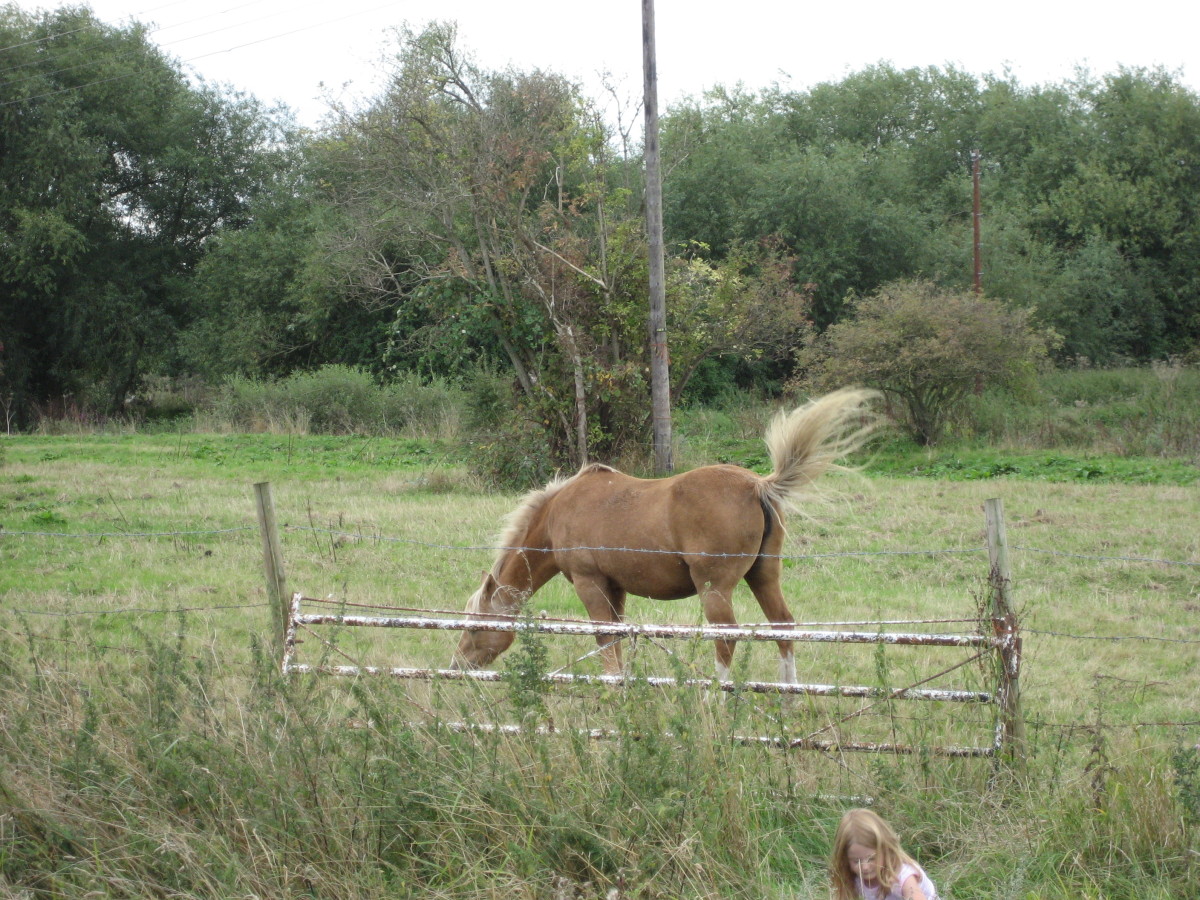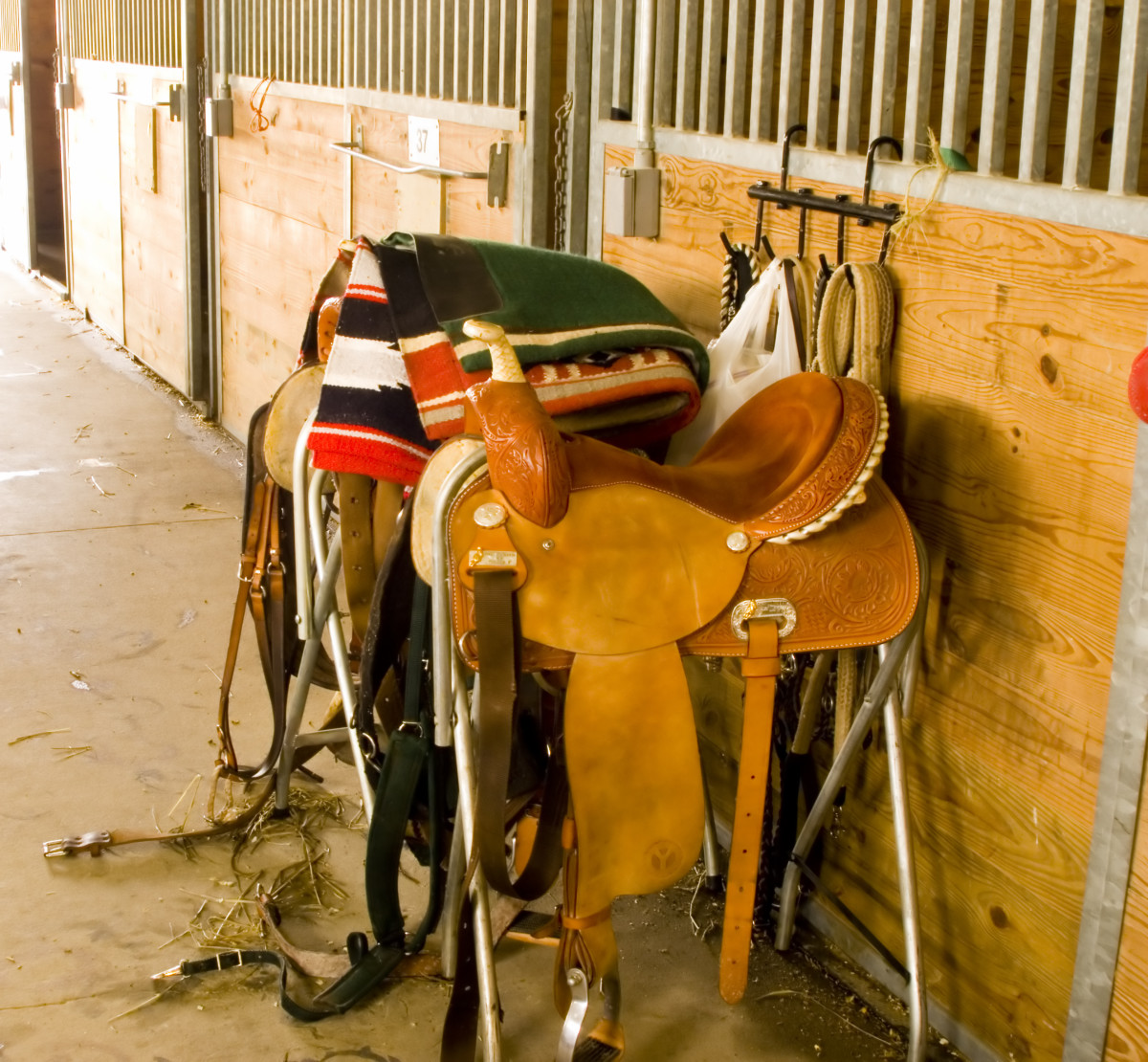Horse Disease Focus - Equine Infectious Anemia

What is Equine Infectious Anemia?
Equine infectious anemia or EIA is a viral disease of horses, donkeys, and mules that is caused by an equine-specific retrovirus (this is the same kind of virus that causes AIDs). There are a number of strains, which vary in effect (for example, some strains will quickly kill horses but have no clinical effect on donkeys).
Symptoms
Equine infectious anemia can come in three basic forms - acute, chronic, and silent.
Silent carriers have no symptoms, but remain infectious for the rest of their lives. Also, the incubation period can range from about fourteen days to several months. Most infection occurs before any animals show symptoms.
The acute form often ends with the horse dying between three and fourteen days of the first attack. The characteristic symptoms are a sudden, high fever, severe depression, loss of appetite and rapid weight loss. Some horses show lack of coordination and may be unable to stand. Jaundice and edema can be visible on the belly, sheath and limbs, and hemorrhaging is common from the mucous membranes at the base of the tongue and around the eye. A yellowish or bloody nasal discharge is sometimes seen. Heart rate is greatly increased. Severe anemia follows. Some horses do survive, but most do not.
Some horses may experience a subacute form, in which the symptoms are not as severe and death is rare. Most of these horses appear to recover, but are always prone to relapses.
Chronic equine infectious anemia shows as periodic signs of anemia, difficulty keeping weight on and loss of stamina.
All horses that have been infected remain infectious for the rest of their life, even though they may apparently recover fully and go years without any symptoms. Attacks are often associated with stress.
Treatment
Most horses with acute equine infectious anemia die. Many vets recommend the euthanasia of all horses with EIA due to the unpleasant nature of the disease and the fact that they will always remain contagious.
Formal diagnosis generally requires a blood test for antibodies so as to differentiate EIA from babesiosis (which horses generally recover from), blood-worm infection (also treatable) or purpura hemorrhagica (which is often fatal). The test used is an agar gel immunodiffusion test, but is colloquially called a coggins test.
There is no cure for EIA, nor is there a suitable long term treatment. Euthanasia is the general recommendation.

Cause and Prevention
EIA is a blood borne disease. It is carried by biting flies who may bite an infected horse and then move on to another. It can also be transmitted by sharing needles, surgical instruments, dental floats, and even bits between horses. However, the virus is easily destroyed by sunlight, boiling and most chemical disinfectants. (It is worth considering dipping bits in boiling water if they are going to be used on a different horse, as bits can carry bodily fluids and transmit various infections). It is also recommended that surgical instruments, needles, syringes, dental floats, stomach tubes, twitches and even curry combs (which can draw blood if the groomer slips) be disinfected before being transferred between horses.
Fly control is a key aspect of preventing EIA. Using fly repellent regularly on both horses and humans will both prevent the transmission of disease and improve everyone's mood. Horses that are out at pasture may be better off being fed oral fly repellents rather than brought in and sprayed. Fly predators are also very useful for controlling fly populations and if possible, barn owners should try and encourage the presence of swallows in and around their barn - swallows eat a surprising number of flies, especially if breeding. Artificial nests can br purchased and placed in suitable locations.
The coggins test is so cheap and routine that it is recommended annually for most horses and more often for horses at high risk such as show horses and racehorses. Most shows and tracks require that all horses brought onto the property have a current negative test, as do auctions (the exception being that horses going to kill do not need to have a current coggins). Horses should be tested before being sold and moved to another barn. Horses kept in swampy areas should also be tested more often.
The euthanasia of infected horses is recommended. Infected horses have to be kept at least 200 yards away from other equines for the rest of their lives. Breeding infected mares has been achieved as they do not always pass the infection on to their foals, but is probably not a risk worth taking unless the animals are of rare or extremely valuable bloodlines. Foals from infected mares show a false positive coggins for six months. Farms that choose to keep infected horses have to display quarantine signs.
EIA is most common in the region around the Gulf Coast and up the MIssissippi. It is also seen in continental Europe, but is almost unknown in the United Kingdom.




